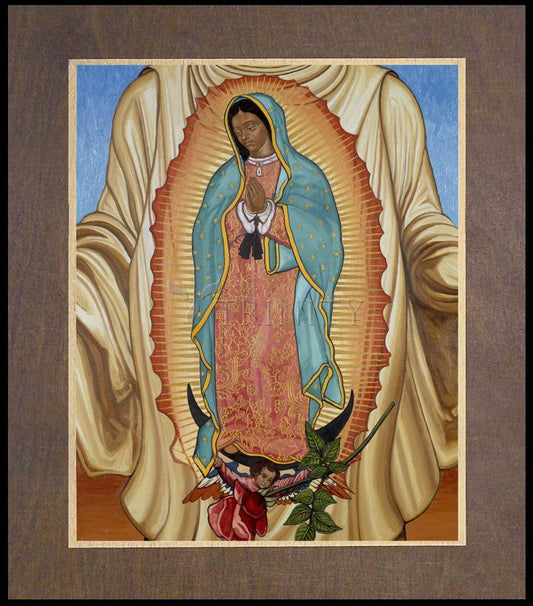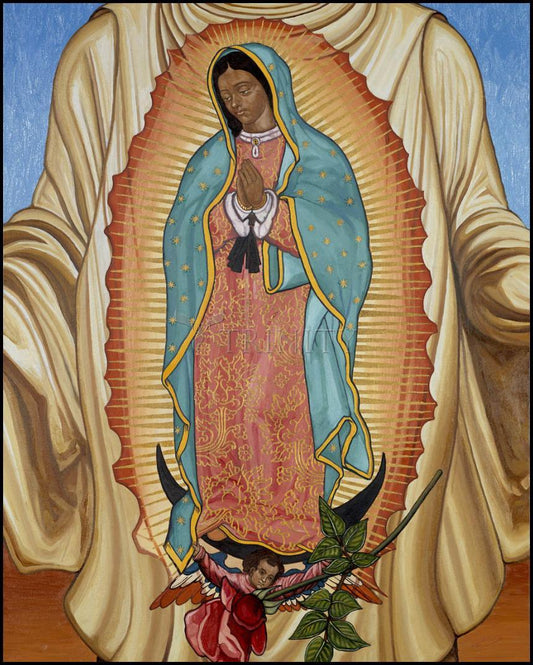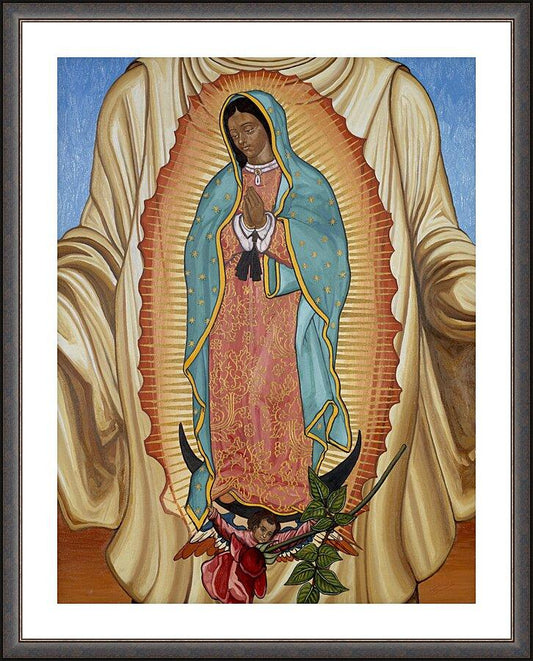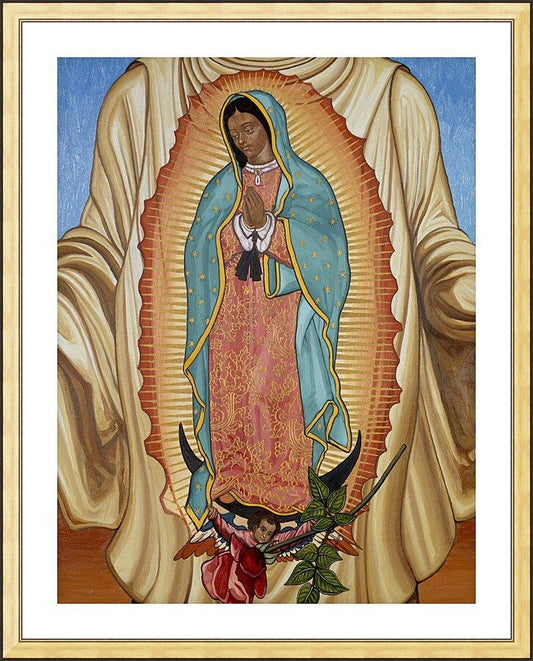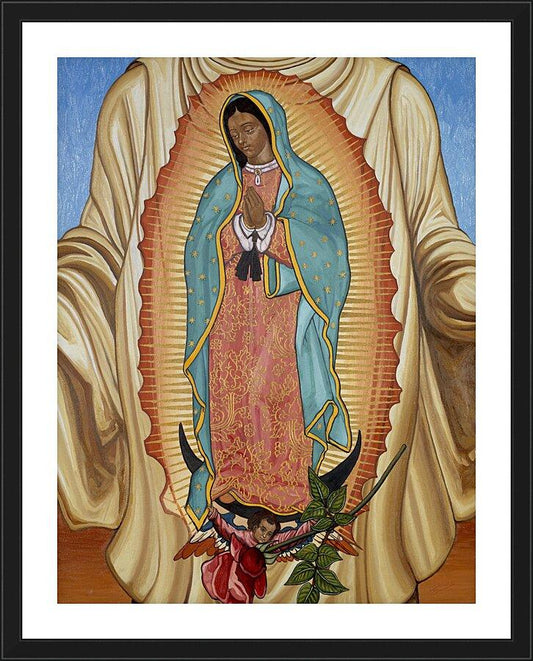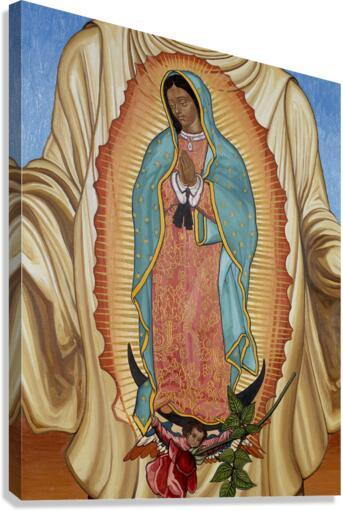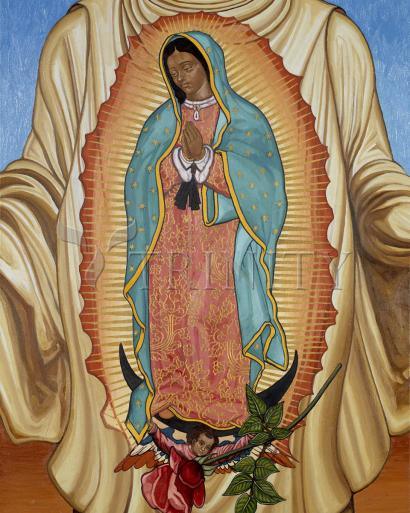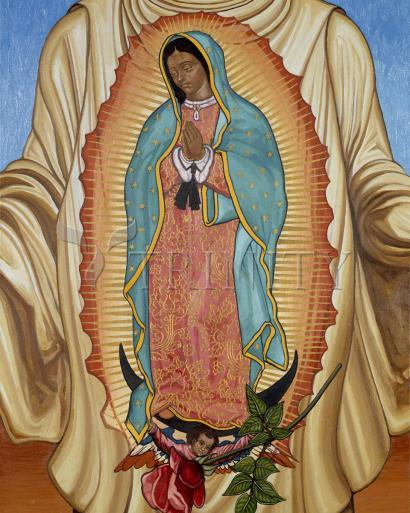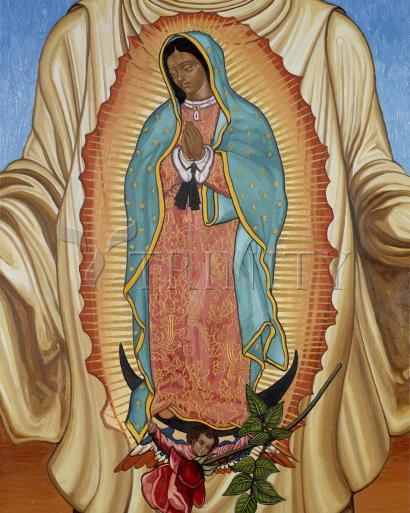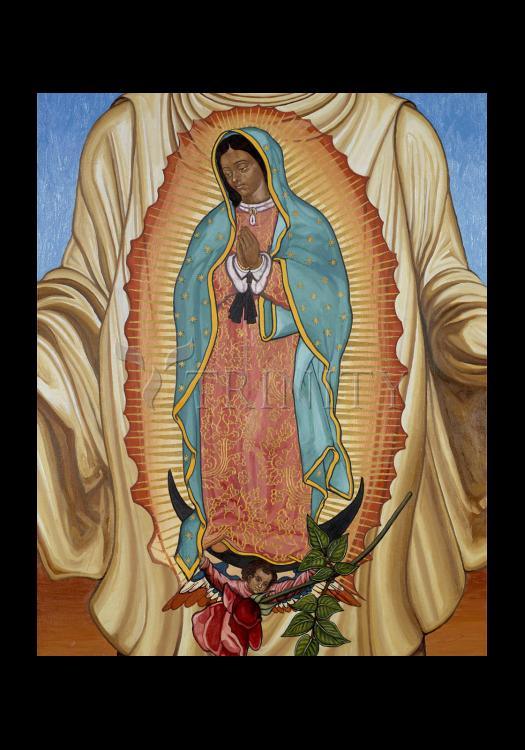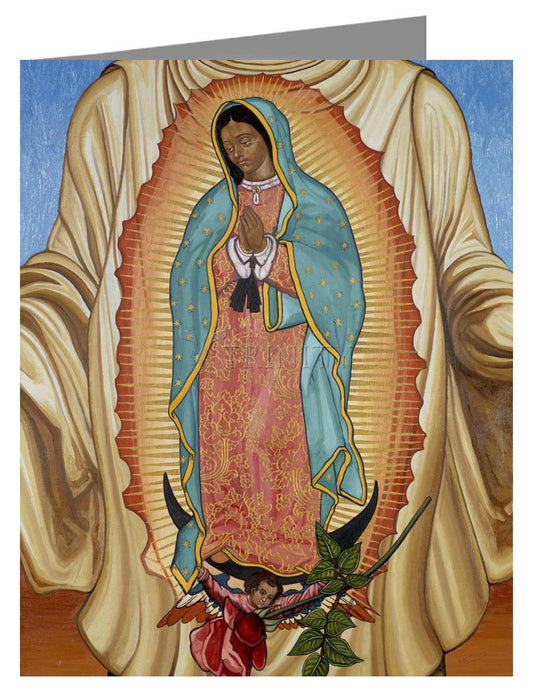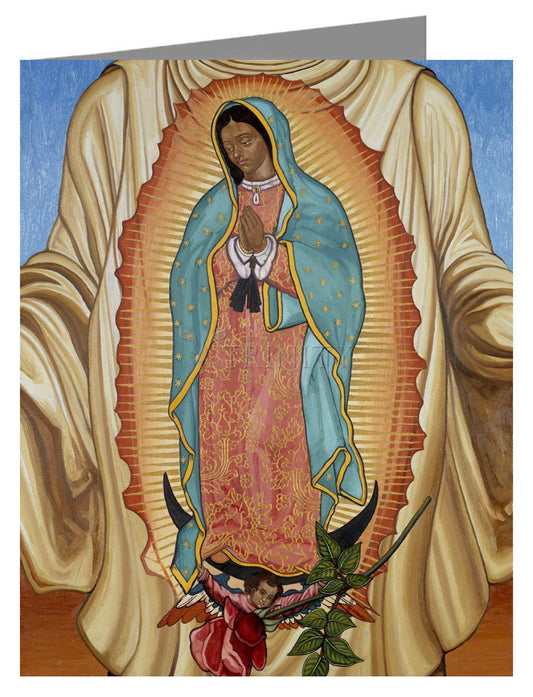Our Lady of Guadalupe, Spanish Nuestra Señora de Guadalupe, also called the Virgin of Guadalupe, in Roman Catholicism, the Virgin Mary in her appearance before Juan Diego in a vision in 1531. The name also refers to the Marian apparition itself. Our Lady of Guadalupe holds a special place in the religious life of Mexico and is one of the most popular religious devotions. Her image has played an important role as a national symbol of Mexico.
According to tradition, Mary appeared to Juan Diego, who was an Aztec convert to Christianity, on December 9 and again on December 12, 1531. She requested that a shrine to her be built on the spot where she appeared, Tepeyac Hill (now in a suburb of Mexico City). The bishop demanded a sign before he would approve construction of a church, however. Mary appeared a second time to Juan Diego and ordered him to collect roses. In a second audience with the bishop, Juan Diego opened his cloak, letting dozens of roses fall to the floor and revealing the image of Mary imprinted on the inside of the cloak"the image that is now venerated in the Basilica of Guadalupe.
The traditional view has been questioned by various scholars and ecclesiastics, including the former abbot of the Basilica of Guadalupe. The primary objection is that there is no documentary evidence for the apparition until 1648; critics claim that documents purporting to be from the 16th century are actually from the 17th. Critics have also noted that the bishop approached by Juan Diego was not consecrated until 1534, and he makes no mention of Juan Diego or of Our Lady of Guadalupe in his writings. Defenders of the Virgin of Guadalupe"including Pope John Paul II, who canonized Juan Diego and declared Our Lady of Guadalupe the patroness of the Americas"accept the authenticity of the early documents and point also to various oral accounts of the apparition.
John Paul's actions were only the latest in a series of developments affirming the importance of Our Lady of Guadalupe. A shrine to the Virgin has existed on the site since at least 1556, when the archbishop of New Spain promoted devotion to the image of Mary at a chapel in Tepeyac. The image was described by an English prisoner in Mexico City in 1568, and by the end of the 16th century Our Lady of Guadalupe formed part of a wide network of shrines to the Virgin throughout Mexico. The story of Mary's appearance to Juan Diego was codified in the work of Miquel Sánchez in 1648, and an account in the indigenous language (Nahuatl) was published in 1649 and widely accepted as accurate. The devotion continued to grow, especially after Our Lady of Guadalupe was credited with ending a deadly epidemic that ravaged Mexico City in 1736"37. In 1737 she was proclaimed patroness of Mexico City, and in 1746 her patronage was accepted by all the territories of New Spain, which included part of present-day California as well as Mexico and regions as far south as Guatemala and El Salvador. In 1754 Pope Benedict XIV approved her patronage and granted her a proper feast and mass for December 12. Pope Pius X proclaimed her patroness of Latin America in 1910, and in 1935 Pius XI approved her patronage over the Philippines. Veneration of Our Lady of Guadalupe has been particularly strong among women, especially in Mexico, and since at least the early 18th century the devotion was spread throughout the world by the Jesuits and other religious.
Our Lady of Guadalupe's role in Mexican history is not limited to religious matters; she has played an important role in Mexican nationalism and identity. In 1810 Miguel Hidalgo y Costilla promoted her as the patroness of the revolt he led against the Spanish. The image of the Virgin of Guadalupe appeared on the rebels' banners, and the rebels' battle cry was "Long Live Our Lady of Guadalupe." During a religious revival in Mexico in the late 19th century, preachers declared that the foundation of Mexico could be dated to the time of the apparition of Our Lady of Guadalupe, because she freed the people from idolatry and reconciled the Spanish and indigenous peoples in a common devotion. Emiliano Zapata's peasant rebels carried the banner of Our Lady when they entered Mexico City in 1914, and, during the civil war in Mexico in 1926"29, the banners of the rebels bore her image. Her continuing significance as a religious and national symbol is attested by the hundreds of thousands of pilgrims who visit her shrine every year.



